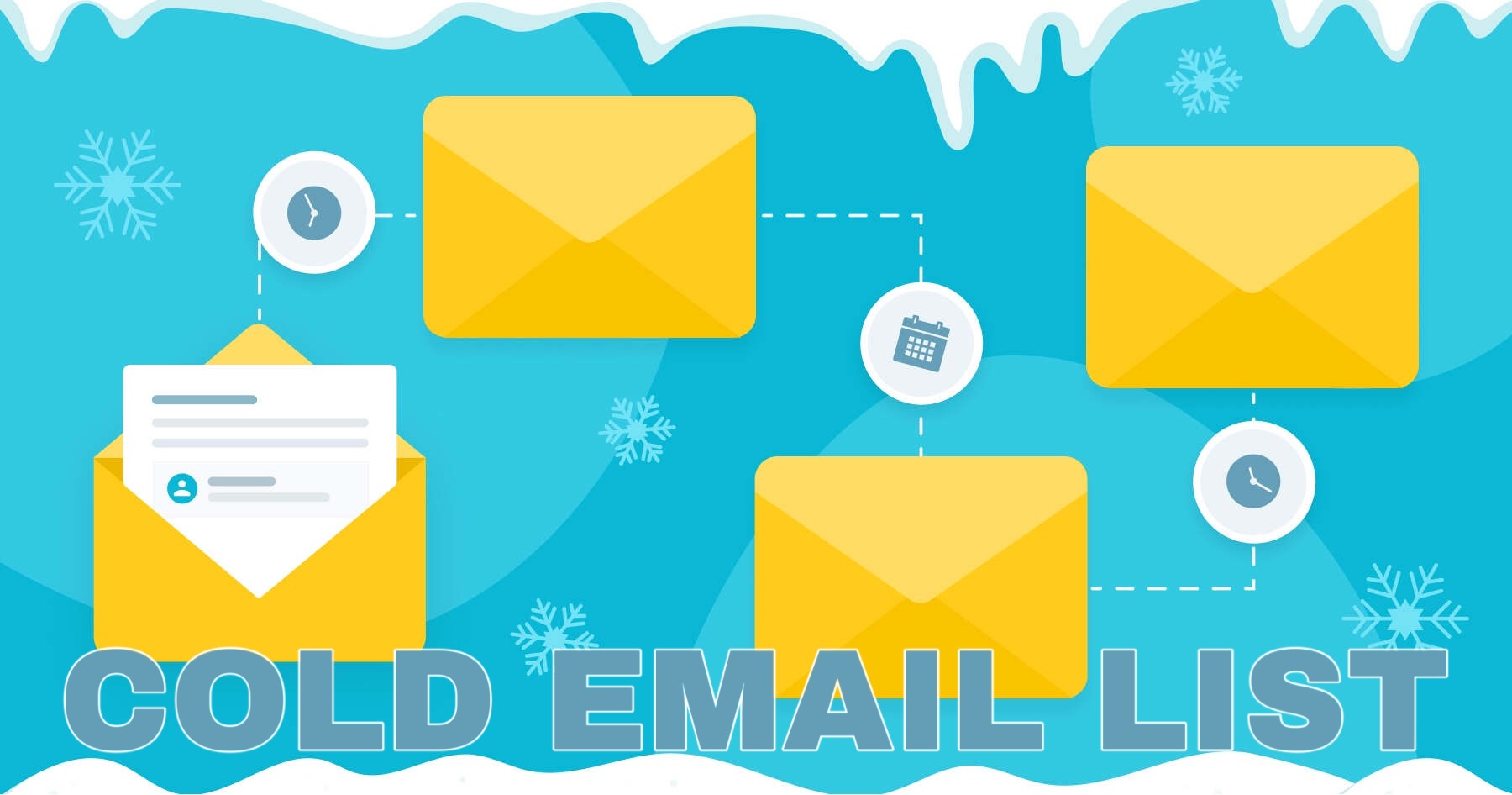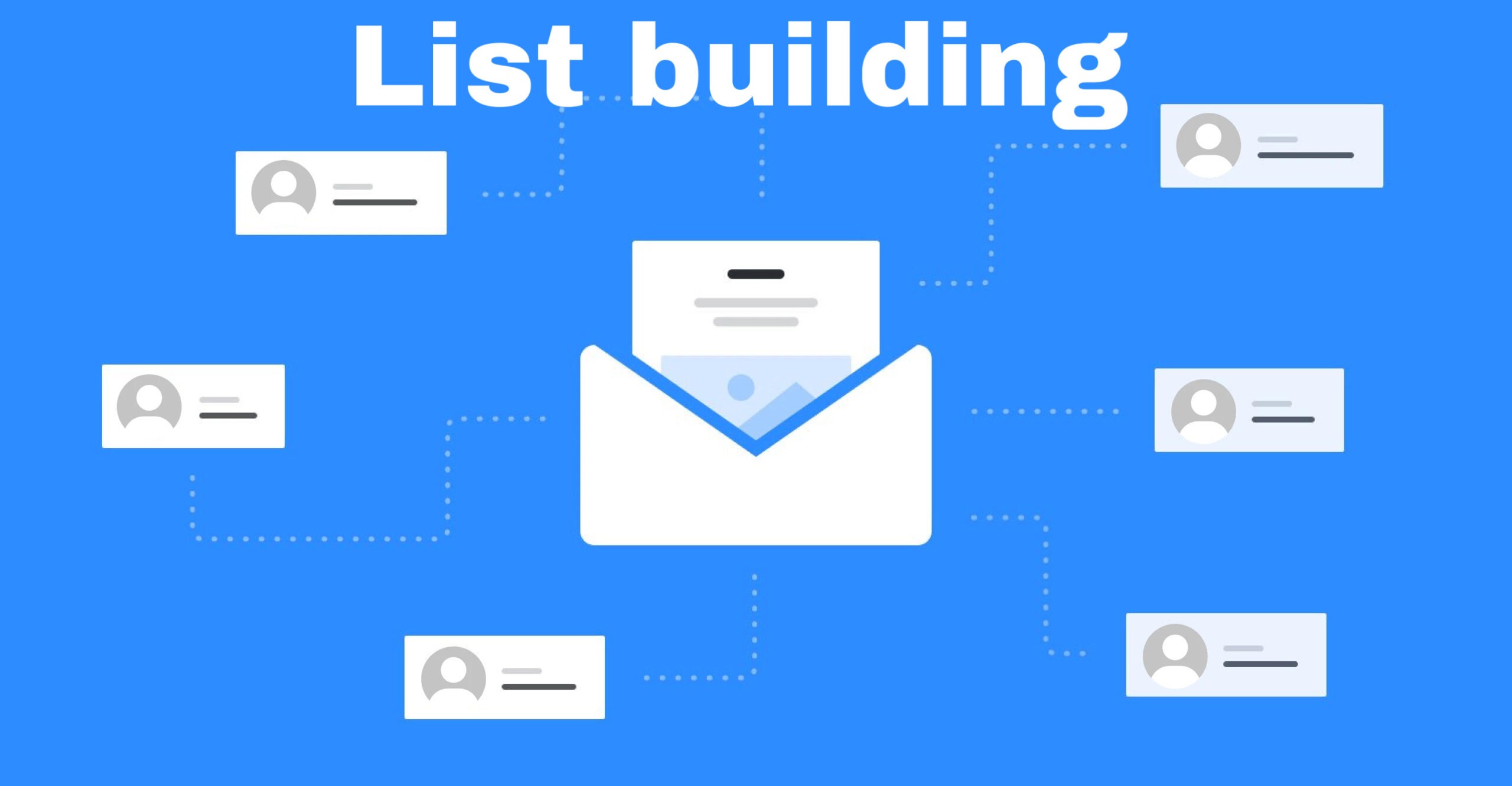Introduction
One of the most important things in email marketing is having a list of subscribers. There is a lot of talk about this. In particular, there is a lot of talk about constantly growing your email list. Unfortunately, in this context, a very important point is sometimes neglected: list hygiene.
Sure, it’s great to have a big email list, but big isn’t always good. When talking about an email list, we must understand that this is a case where quality is more important than quantity.
Imagine that you have an email list of 1000 email addresses, but every time you send an email to those 1000 emails, only 90-120 of them open your emails.
Now imagine that you have 500 email addresses, but every time you send an email, 320 of them open your emails.
Which version will work more efficiently?
The second one, for sure. And right here we should stop and talk about list hygiene.
Understanding List Hygiene
First, let’s understand what list hygiene is. By list hygiene, we mean an ongoing effort to cleanse our email list of emails that don’t work, don’t open our emails, send our emails to spam, and have other technical issues.
This process is very important in email marketing as it directly affects the sender reputation and therefore the deliverability of our emails.
The Importance of a Clean Email List
From the above example, you realized that it is better to have a small number of email addresses, that will receive and read your emails than vice versa. The best way to do this is to regularly check and clean your email list.
We advise you to do this before each campaign so that during any campaign you do not have bounced emails that may not have existed. This process is not so complicated and time-consuming if you use modern tools. For example, most ESPs automatically clear emails that have a hard bounce, making your job much easier. Despite this, you should also monitor other metrics such as spam levels and the number of complaints. If there are people who don’t want to receive your emails or are spamming you, it is better for you to remove them from your list.
Remember that email marketing is about building long-term relationships with subscribers where you provide real value and subscribers are willing to use your products or services. Therefore, if a subscriber does not read your emails, or moves them to spam, then you should say goodbye to him and spend the resource on those who are interested in you.
If you want to have an email marketing strategy that works, you need to pay attention to the sender reputation because if it’s bad, you’re wasting your money and time.
Best Practices for Maintaining List Hygiene:
Maintaining a clean email list is essential for the success of your email marketing campaigns. Here are some best practices to ensure your email list stays healthy and effective:
- Regularly Remove Inactive Subscribers: Identify subscribers who haven’t engaged with your emails for an extended period, typically six months to a year, and consider removing them from your list. While it may seem counterintuitive to reduce your list size, inactive subscribers can negatively impact your email deliverability and engagement metrics.
- Utilize Double Opt-In Methods: Implementing a double opt-in process ensures that subscribers are genuinely interested in receiving your emails. After signing up, subscribers receive a confirmation email asking them to verify their subscription. This extra step helps weed out fake or mistyped email addresses and ensures a higher-quality Community subscriber base.
- Segment Subscribers Based on Engagement Levels: Segmenting your email list based on subscriber behavior and engagement levels allows you to tailor your email content to specific audience segments. By sending relevant content to each segment, you can improve engagement rates and deliver a more personalized experience to your subscribers.
- Obtain Explicit Consent: Always obtain explicit consent from subscribers before adding them to your email list. This not only ensures compliance with data protection regulations such as GDPR and CAN-SPAM but also fosters trust with your audience. Communicate what subscribers can expect to receive from you and how often they’ll hear from you.
- Respect Unsubscribe Requests Promptly: Honor unsubscribe requests promptly and ensure they are processed efficiently. Failing to do so not only damages your sender reputation but also violates regulations governing email marketing practices. Make the unsubscribe process simple and hassle-free for subscribers to encourage transparency and trust.
Strategies for Effective List Cleaning
List cleaning is a critical component of list hygiene that involves identifying and removing invalid, outdated, or inactive email addresses from your subscriber list. Here are some strategies for effective list cleaning:
- Validate Email Addresses: Use email validation services or tools to verify the validity of email addresses on your list. These services check for syntax errors, typographical mistakes, and domain validity to ensure that email addresses are deliverable.
- Remove Spam Traps: Spam traps are email addresses used by ISPs and anti-spam organizations to identify senders with poor list hygiene practices. Remove any email addresses that show signs of being inactive for an extended period or have never engaged with your emails, as these are more likely to be spam traps.
- Monitor Bounce Rates: Pay close attention to bounce rates, which indicate the percentage of emails that were not successfully delivered to recipients’ inboxes. High bounce rates can negatively impact your sender reputation and deliverability. Monitor bounce rates regularly and take action to remove invalid email addresses from your list.
- Implement Re-Engagement Campaigns: Before removing inactive subscribers from your list, consider implementing re-engagement campaigns to win them back. Send targeted emails with special offers or incentives to encourage inactive subscribers to re-engage with your content. If they still do not respond, it may be time to remove them from your list to maintain list hygiene.
- Regularly Audit Your Email List: Schedule regular audits of your email list to identify and remove any invalid, outdated, or inactive email addresses. Set aside time on a quarterly or bi-annual basis to conduct thorough list-cleaning activities and ensure that your email list remains clean and up-to-date.
By implementing these strategies, you can ensure that your email list is clean, healthy, and optimized for better deliverability and engagement.
The Impact of Poor List Hygiene on Email Marketing
- Lower Open Rates: When your email list contains invalid or inactive email addresses, your open rates are likely to suffer. Emails sent to these addresses will bounce or go unopened, leading to lower overall open rates for your campaigns. Low open rates not only reduce the effectiveness of your email marketing but can also signal to email service providers (ESPs) that your emails are not engaging, which can impact your deliverability rates.
- Increased Spam Complaints: Sending emails to outdated or irrelevant email addresses can result in recipients marking your emails as spam. High spam complaint rates can damage your sender reputation and negatively impact your deliverability. Additionally, ESPs may flag your emails as spam or even block future emails from reaching recipients’ inboxes, further diminishing the effectiveness of your email marketing efforts.
- Damage to Brand Reputation: Poor list hygiene reflects poorly on your brand and can damage your reputation among subscribers. When subscribers receive irrelevant or unwanted emails from your brand, they may view your brand negatively and unsubscribe or even report your emails as spam.
- Wasted Resources: Maintaining an unclean email list wastes valuable resources, including time, money, and effort. Sending emails to inactive or invalid email addresses not only yields poor results but also incurs unnecessary costs associated with email marketing platforms and services. By investing resources in maintaining list hygiene and targeting only engaged subscribers, you can maximize the return on your email marketing investment.
- Legal and Regulatory Risks: Neglecting list hygiene can expose your business to legal and regulatory risks, particularly if you violate data protection regulations such as GDPR (General Data Protection Regulation) or CAN-SPAM Act. Failing to obtain explicit consent from subscribers, honoring unsubscribe requests, or engaging in deceptive email practices can result in fines, legal action, and damage to your brand’s reputation.
Tools and services that can help you maintain a clean and healthy email list
Email Validation Services:
- EasySender: EasyDMARC’s New Email Deliverability Platform consists of two components that work together to set your email communication up for success. Email Verification rids your email lists from problematic addresses and minimizes the hard bounce. Inbox Placement gives insight into whether your emails will land in the inbox or spam folder.
- ZeroBounce: ZeroBounce offers email validation and email scoring services to help businesses improve email deliverability, reduce bounce rates, and protect sender reputation.
- NeverBounce: NeverBounce provides real-time email verification and list cleaning services to ensure that your email list is accurate and up-to-date.
- Hunter: Hunter offers an email verification tool that checks the validity of email addresses and provides additional information such as the email owner’s name and social profiles.
List Cleaning Platforms:
- Kickbox: Kickbox offers email verification and list cleaning services to help businesses identify and remove invalid or risky email addresses from their subscriber lists.
- BriteVerify: BriteVerify provides email verification and list cleaning solutions to improve email deliverability and campaign performance by removing invalid, misspelled, and temporary email addresses.
- TowerData: TowerData offers email validation and enrichment services to help businesses maintain clean and accurate email lists and enhance customer data quality.
Email Marketing Platforms with Built-in List Cleaning Features:
- Mailchimp: Mailchimp offers list cleaning and segmentation features that allow businesses to identify and remove inactive subscribers, manage bounce rates, and improve email deliverability.
- Constant Contact: Constant Contact provides list hygiene tools such as bounce management, list segmentation, and re-engagement campaigns to help businesses maintain clean and engaged email lists.
- Campaign Monitor: Campaign Monitor offers list cleaning and email verification features to help businesses ensure that their email lists are accurate, up-to-date, and compliant with email marketing best practices.
Conclusion
To sum up, list hygiene is an essential component of successful email marketing that is sometimes overlooked in the rush to increase subscriber counts. But as we’ve shown, the real strength isn’t in the quantity but rather in the quality and engagement of our email lists.
Keeping an email list clean is a strategic requirement, not just a chore to be completed. Our audience trusts and is loyal to us because we constantly purge our lists of dormant subscribers, obtain express authorization, and honor unsubscribe requests. All of these practices improve deliverability.
Additionally, by adopting best practices like segmentation and double opt-in techniques, we can better target our messaging to appeal to particular audience segments, increasing engagement and conversion rates.
However, achieving list hygiene involves more than just theory—it also calls for dependable resources and practical actions. Fortunately, there are several platforms and services available to help us with this, ranging from email marketing platforms with integrated list-cleaning functions to email validation services.
Prioritizing list hygiene is therefore about more than simply making our email campaigns more effective; it’s also about building genuine relationships with our audience, providing value, and eventually succeeding over the long run in the ever-changing field of email marketing. Thus, let’s make a commitment to maintaining list hygiene moving forward, understanding its critical role in achieving email marketing excellence.







